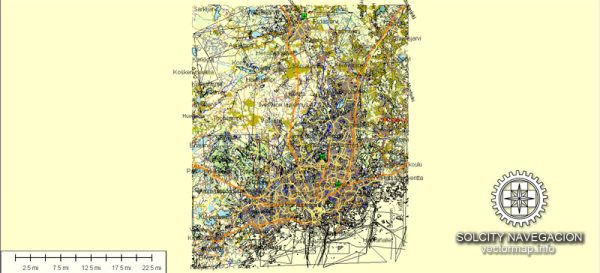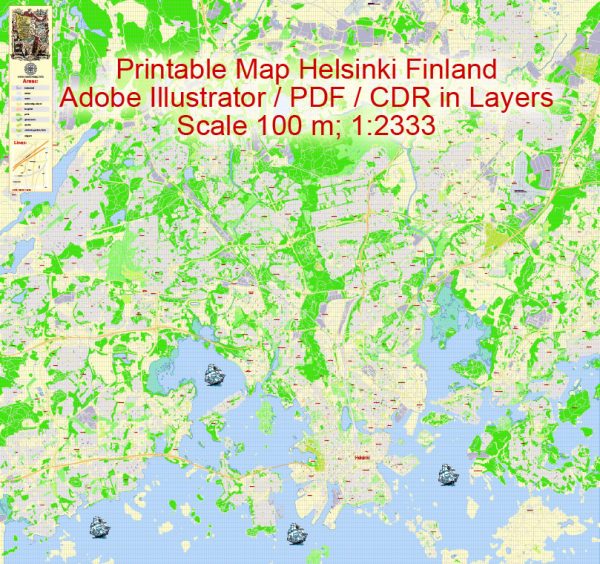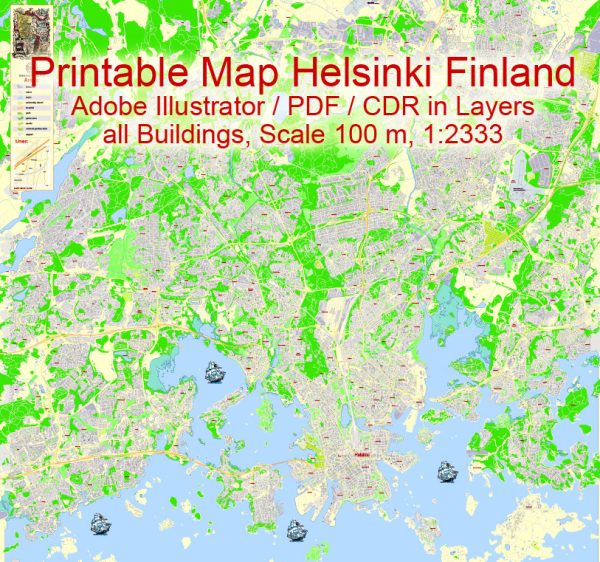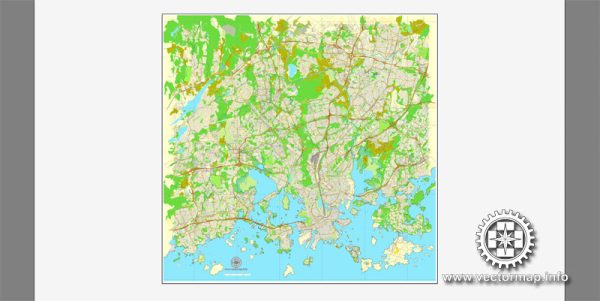Helsinki, the capital and largest city of Finland, has a rich history of urban development that spans several centuries. Here is an overview of key periods and aspects of Helsinki’s urban development:
- Early History:
- Helsinki was founded in 1550 by King Gustav I of Sweden as a trading post to compete with Tallinn, a city on the other side of the Gulf of Finland.
- The town struggled to grow initially due to its remote location and lack of resources.
- Swedish and Russian Rule:
- Helsinki became the capital of Finland in 1812 when Finland was ceded to Russia by Sweden.
- Under Russian rule, significant development initiatives were launched, transforming Helsinki into a more prominent administrative and cultural center.
- Architectural Influences:
- The architecture of Helsinki reflects influences from various periods, including neoclassical, romantic, and Jugendstil (Art Nouveau).
- Carl Ludvig Engel, an architect from Germany, played a crucial role in shaping the cityscape during the early 19th century. Many of his neoclassical buildings, such as the Helsinki Cathedral and the Government Palace, remain iconic landmarks.
- Expansion and Industrialization:
- The late 19th and early 20th centuries saw significant population growth and industrialization.
- New neighborhoods and suburbs were developed, and the city’s infrastructure expanded to accommodate the increasing population.
- Post-World War II Reconstruction:
- Helsinki, like many European cities, faced damage during World War II. The city had to undergo extensive reconstruction efforts.
- The rebuilding process led to modernization and the emergence of new architectural styles, with a focus on functionalism.
- Modern Planning and Design:
- In the latter half of the 20th century, Helsinki continued to evolve as a modern and progressive city.
- The city implemented comprehensive planning policies, emphasizing green spaces, waterfront development, and sustainable urban living.
- Contemporary Developments:
- In recent decades, Helsinki has gained a reputation as a design-oriented city with a focus on innovation and technology.
- The development of the Kamppi and Kallio districts, as well as the revitalization of the waterfront areas, has contributed to the city’s vibrant urban landscape.
- Public Transportation:
- Helsinki has invested in an efficient public transportation system, including buses, trams, and a metro system, which has played a crucial role in shaping the city’s mobility and connectivity.
- Cultural and Educational Hub:
- Helsinki is known for its cultural institutions, including museums, theaters, and universities, contributing to the city’s identity as a center for education and the arts.
In summary, Helsinki’s urban development has been marked by a blend of historical influences, architectural diversity, and a commitment to modern, sustainable living. The city’s evolution reflects both its historical roots and its forward-looking approach to urban planning.





 Author: Kirill Shrayber, Ph.D.
Author: Kirill Shrayber, Ph.D.